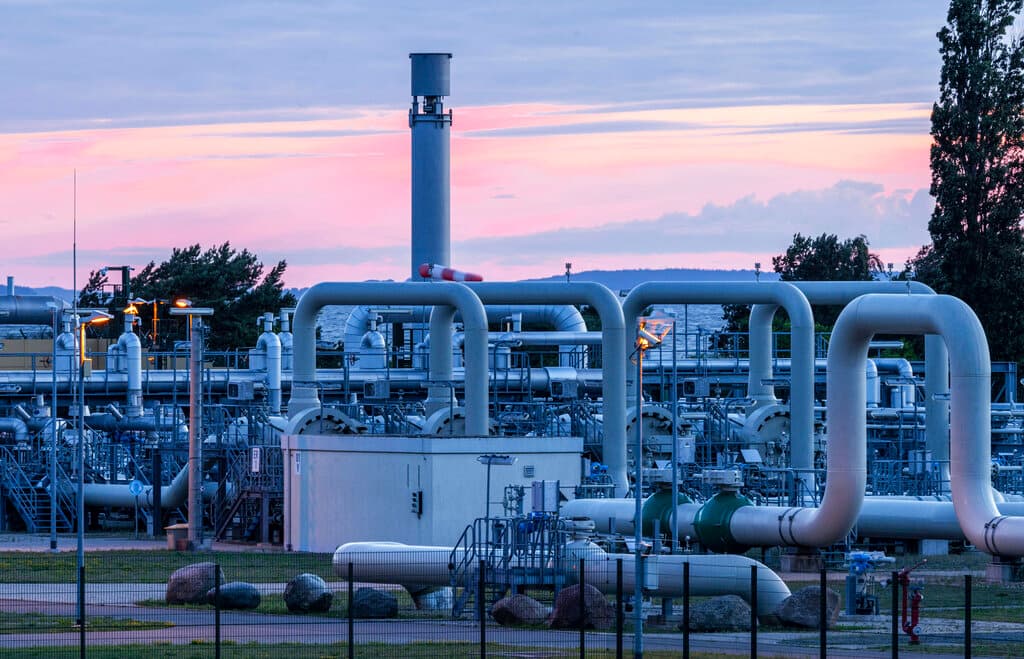New York Took the Wrong Exit on the Road to Clean Energy
If leaders like Governor Hochul truly wanted to fight climate change, instead of just sounding like it, they’d focus on the bigger picture instead of the talking points.

This week, the city councils of Washington, D.C. and San Diego voted unanimously to ban natural gas in newly constructed buildings in attempts to bolster their net-zero goals. It’s part of a hot new trend in climate theater — banning natural gas while ignoring our need for reliable clean energy.
Please check your email.
A verification code has been sent to
Didn't get a code? Click to resend.
To continue reading, please select:
Enter your email to read for FREE
Get 1 FREE article
Join the Sun for a PENNY A DAY
$0.01/day for 60 days
Cancel anytime
100% ad free experience
Unlimited article and commenting access
Full annual dues ($120) billed after 60 days

